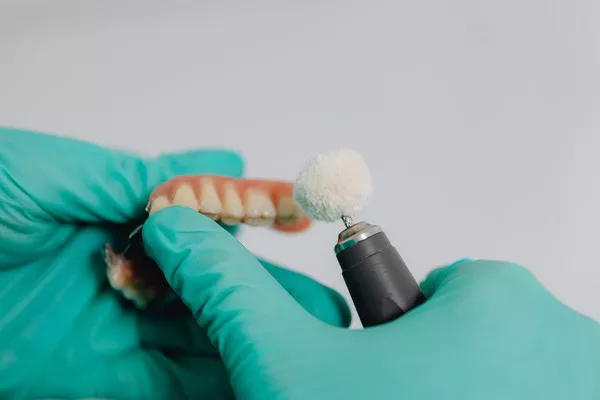What does common material of implant tooth have?
Dental implants are the first cosmetic surgery for missing teeth.
Dental surgery is necessary because the loss of teeth can affect our appearance.
So, what are the materials for dental implants?
What are dental implants?
Also called artificial dental implants, is not really a natural tooth, but by way of medical, high compatibility with human bone of pure titanium after precision of design, manufacturing as a cylinder or other similar root shape, implanted in the form of minor surgical operation situation of the alveolar bone, after 1 ~ 3 months, when the artificial root and alveolar bone density after,
Then a porcelain crown is made on the root of the artificial tooth.
Dental implants have been recognized as the preferred method for the repair of missing teeth due to their non-destructive nature.
Dental implant materials are mainly divided into the following types: 1. Ceramic materials include bioinert ceramics, bioactive ceramics, biodegradable ceramics, etc.
It has the characteristics of high mechanical strength, corrosion resistance, no irritation and toxicity, and histocompatibility.
It is also being used clinically.
2. Carbon materials include glassy carbon, low temperature isotropic carbon, etc.
The advantage is that the organism has high stability and no biodegradation.
3. Metal and alloy materials include gold, 316L stainless steel (iron, chromium and nickel alloy), cast cobalt chromium alloy, titanium and alloy, etc.
It has the advantages of high strength and good rigidity, but poor biomechanical adaptability, tissue and bone adaptability.
4, polymer materials including acrylates, polytetrafluoroethylene class, etc.
Some polymer materials have similar chemical structure with the natural polymer in human body structure, but they are easily degraded and stimulated by organisms.
5. Composite material composite material is the composite of the above two or more materials, such as metal surface spraying ceramic, etc.
Human teeth are often a complex of organic and inorganic components.
Due to the limitation of single structure, the above single materials often cannot meet the requirements of organisms, so the application of composite materials has been increasingly wide.
Such as carbon coating metal composite materials, porous coating alumina materials, etc., learn from each other to make the performance more perfect.





























